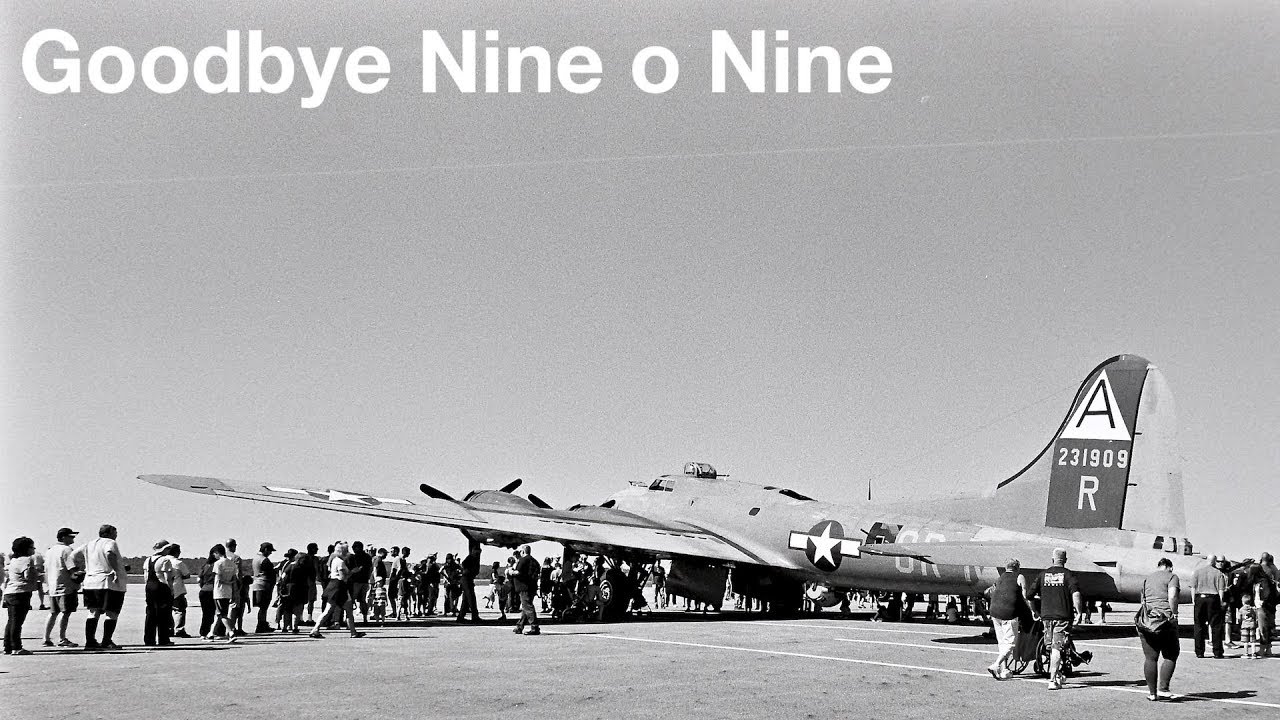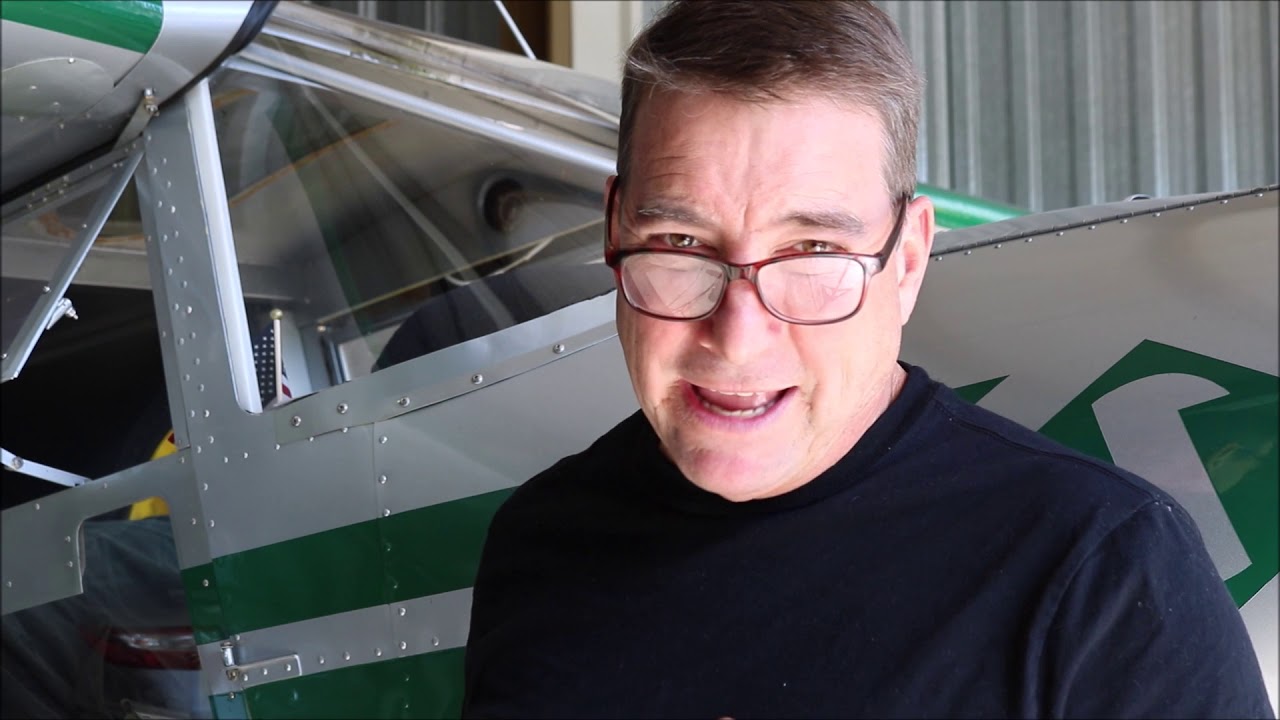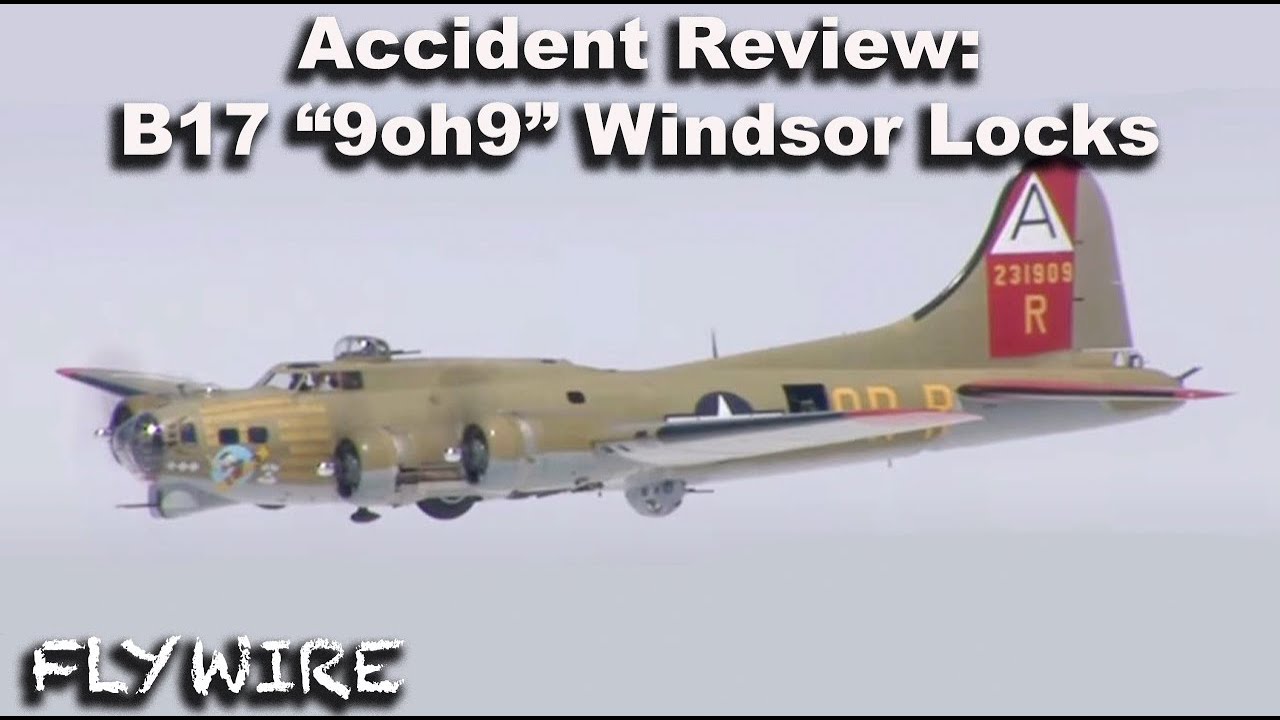Undoubtedly. And I’m not sure how they operated the B-17s for these good will tours…I’d guess they were nowhere near their wartime max takeoff weights. They carried somewhere around 5,000 lbs. of bombs, and then all that gun ammo, so I don’t know how that compares to passenger loads…but I’d think it would be lighter in its passenger role. And if they aren’t doing long ferry flights, the fuel load (one might think) would be a bit lighter. So yeah, it would be very puzzling for the plane to go down with the loss of one engine.
There is a video on reddit of the NTSB walking around the wreckage and giving a preliminary report but (I might be being over sensitive) I dont feel right posting a video of a crash site like this. Its just such a horrible situation. Inherent risks in any operation of an aircraft but i cant help but feel so upset for those poor passengers who had paid for a dream flight on this beautiful bird only to have it end like that. How awful
The 13 individuals on board included the pilot and co-pilot which would not add that much weight over the normal compliment of 10 individuals that would normally crew a B-17 during the war. With all the flight gear they wore to protect themselves from the extremes at the altitudes they flew during the war those 10 crew members weight totals might end up being even closer to the same weights as the 13 flying on 909 in street clothes? Now drop the bomb weight, up to 8000 lbs, the weight of the 50 caliber ammo from any war time weight totals and flying on three engines seems like it would be very doable.
Losing two engines, especially on the same side, would make things a lot more problematic.
I had a friend who flew on 909 about a week ago so this has really affected him.
Wheels
I dont doubt that. I think its affected everyone involved in vintage aviation. Especially those involved in passenger operations.
A short update that dispels the notion that she was fueled with Jet A.
Beautifully simple video of Nine-o-Nine arrival and departure.
Well, he said the NTSB hasn’t completely ruled it out. They found 100 Octane in a wing tank.
Does anyone know the B-17s fuel system?
Is it possible due to a partial refuel one side got Jet fuel?
While 2 engines was stated as “difficult” that would be worse if two went out on the same side.
Not sure how they are fueled, but each engine has its own fuel tank(s). The outboard two have 1 each and the inboard two have 2 each. There is cross-feed capability I believe to feed any tank from any tank.
He said it was engine three that had the problem in the video but it was Engine 4, the engine with 800+ hours on it, that was feathered and was giving them Mag problems. The fuel tanks for engine three is what allowed them to sample the fuel.
Wheels
Three engines with 0 time SMOH seems odd. But I don’t know anything about anything.
Ah…that is wrong…0 times at the time of the last annual inspection - they had accumulated a couple hundred hours since. It is in the written report…
I mean, major overhaul probably means pulling the head gaskets, removing the cylinders walls, reboreing it all. So not exactly a light and gentle inspection.
I thought that he was saying that engine 3 was also showing potential problems due to 1 of the 3 propeller blades being in the feathered position?
Correct.
So prop issue (potentially / needs more info) and problems with engine 4, which also had a lot of hours on it.
What is 800 hours to one of those engines, in terms of service life?
That was at the last inspection according to the NTSB report. The engine had over 1000 hours on it since it’s last major overhaul if it is correct.
The airplane was maintained under an airworthiness inspection program, which
incorporated an annual inspection, and 25-hour, 50-hour, 75-hour, and 100-hour progressive
inspections. Review of maintenance records revealed that the airplane’s most recent annual
inspection was completed on January 16, 2019. At that time, the airframe had accumulated
about 11,120 total hours of operation. Engine Nos. 1, 2, and 3 had 0 hours since major overhaul
at that time. Engine No. 4 had 838.2 hours since major overhaul at that time. The airplane’s
most recent progressive inspection, which was the 100-hour inspection, was completed on
September 23, 2019. At that time, the airplane had been operated about 268 hours since the
annual inspection.
During WW2 they were overhauling Wright 1820’s every 100 to 200 hours.
US WWII Aeroengine Depot Overhaul Times: http://www.alternatewars.com/BBOW/Stats/US_WW2_Aeroengine_Overhaul_Times.htm
1943 Average - 204.3 hours
1944 Average - 114.9 hours
1945 Average - 93.9 hours
Museums and private owners don’t come anywhere close to those overhaul times and I have heard that 1000 plus hours on an engine is not all that uncommon anymore. Considering the way they fly them the engines and the aircraft itself are not getting anywhere near the abuse they got during the war or their time in use by the military. Plus a lot of the replacement parts and bearings are of much superior quality than that used during the war and their service life making an extended time between overhauls less of an issue.
Wheels
A different view from the NTSB here. Seems reasonable enough and certainly worth a discussion.
PS: I disagree with the comments about Airbus vs Boeing at the end though - seems like a bit of good old fashioned anti-American bias to me, though maybe I’m wrong?
EDIT: I wrote anti-American but of course meant the exact opposite. Oops ![]()
I just watched this video all the way through. It was a very good walkthrough of all the events that led to the crash and leaves one with a good understanding (assuming this video is accurate) of what could have been done to avoid it. For me it reinforces that flying these aircraft is not inherently dangerous compared to other GA aircraft, but that the operation (and training related to operation and maintenance) of the aircraft requires better oversight and accountability.
I’m still very sad that I won’t see this plane flying out of our local airport anymore, and am grateful that I had the chance to safely ride in it once.





